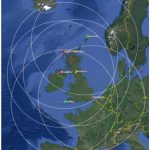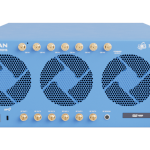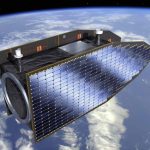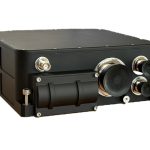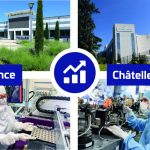Assured Advantage: VIAVI’s Integrated Vision for Positioning, Navigation, and Timing
As GNSS denial becomes a baseline condition across military and civilian operations, VIAVI Solutions is building a modular, multi-layered PNT ecosystem that integrates precision timing, inertial navigation and signal intelligence. With strategic acquisitions and field-proven technology, VIAVI is redefining resilience at the edge—where assurance is not optional, and adaptability is mission-critical.
By Inside GNSS

